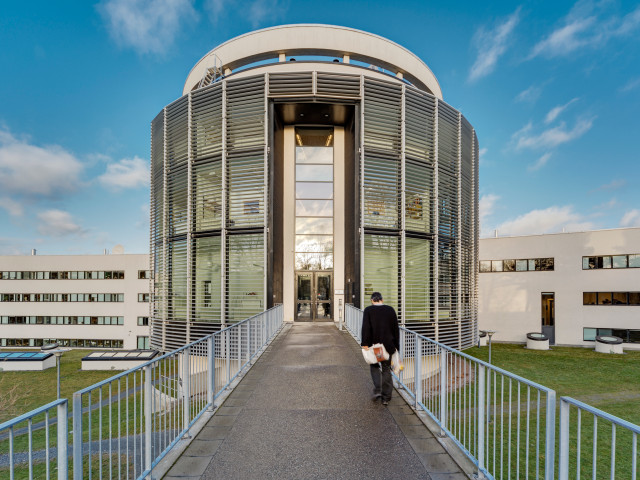Lecture course:
Mathematical description of electromagnetic waves.
The materials impact on an electromagnetic wave.
Basic geometrical optics and imaging.
Interference and superposition. The concept of coherence and polarization.
Diffraction of waves. The concept of resolution.
The photon, the photo-electrical effect, the Schrödinger equation and the uncertainty principle
The Bohr model, spin, angular momentum and dipoles
The periodic system, functioning of the laser and the characteristics of laser radiation
Insulators, semiconductors and metals, p-n transition, ligth emmitting diods and the photo detector
Nuclear physics and radioactivity.
Overview of quarks, leptons and big bang
(34h F, 18h Ö)
Laboratory course:
Three laboratory experiments, relevant for the area, are done and presented by written reports.
(12h L)
The course gives an introduction to university physics with electromagnetism, quantum-, atomic-, nuclear- and material physics alignment. After completing the course the student should be able to:
- explain the most important characteristics of electromagnetic waves like interference, diffraction and optical imaging
- explain the structure of atoms and the atomic nucleus, radiactivity and its technical applications
- solve technical problems, relevant to the educational program, that has connection to electromagnetic waves, material physics and quantum-, atomic- and nuclear physics
- estimate plausibility in physical questions at issue within the area
- understand limitations in physical measurement methods and estimate uncertainties of measurements
- evaluate and present physical measurements within the area using text and diagrams
